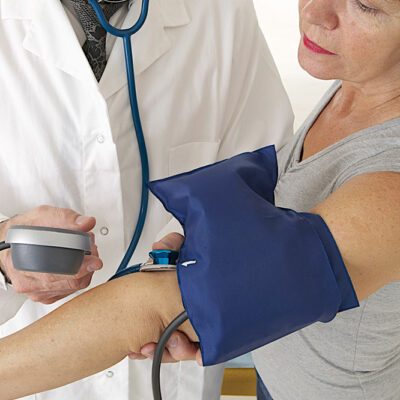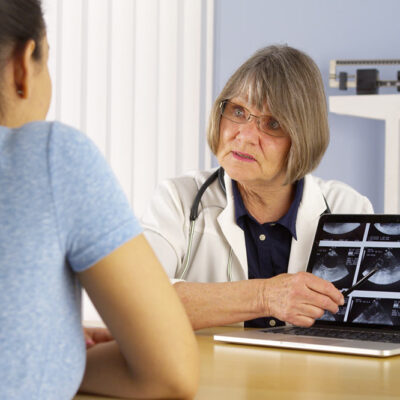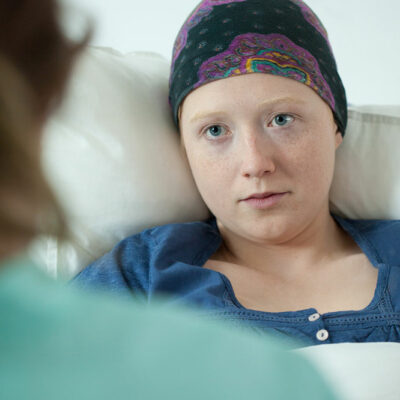
health
Key Symptoms and Causes of PAH
Pulmonary arterial hypertension (PAH) is characterized by increased blood pressure in the arteries that go from the heart to the lung. This condition causes the arteries to get narrowed or blocked. This can lead to serious complications, and it is important to understand more about it. The article lists out some symptoms and causes of PAH. Symptoms Of PAH The symptoms of PAH usually take a long time to show up. This is because the narrowing of the arteries happens slowly. The earliest symptoms of PAH may be confused for other conditions. This makes it difficult to diagnose PAH. Some of the initial symptoms of PAH are: 1. Shortness of breath The narrowing of arteries in the lungs can cause difficulty in breathing. Feeling shortness of breath while doing activities like climbing stairs is one of the earliest symptoms of PAH. If this happens to someone who’s physically active, it could definitely be a sign of PAH. In severe cases, shortness of breath can even occur when the patient is at rest. 2. Fatigue Extreme tiredness is one of the primary symptoms of PAH. This is often accompanied by dizziness. Severe oxygen shortage can even cause a person to faint.
Read More 















